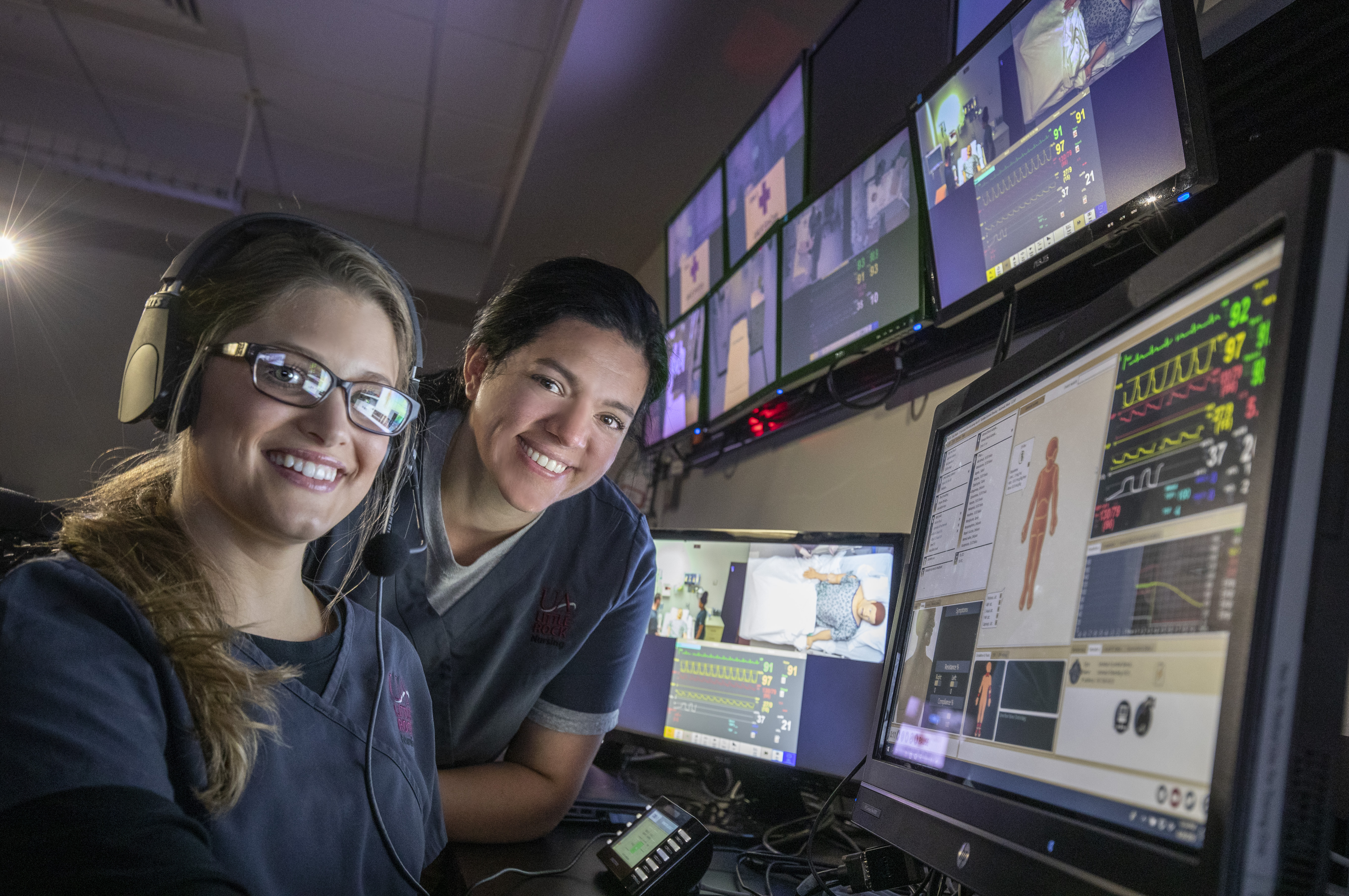UA Little Rock celebrates half a century of quality nursing education

The University of Arkansas at Little Rock nursing program is the most popular major on campus. It began offering first-semester nursing course credit to LPN/LPTN and Medical Corpsman in 1986, and in 2009, added paramedics to the transition program.
In 2008, the RN-BSN program began the first cohort. A large percentage of degree-seeking nursing students are second-career seekers who come to the major by way of affiliated health care professions such as first responders and patient care specialists.
What unites them, Bain says, is an aptitude for problem solving and critical thinking, a familiarity with health sciences, a grit and determination and deep-seated compassion, and a certain vision for the future — theirs, their family’s and the community’s.
“I have been very impressed over the years with the students who have come out of our nursing program and transformed, not just their lives, but the lives of their children and grandchildren. We see generations of families.”

All students are assigned a faculty mentor. Bain says good students know when they need help, and the university makes a licensed social worker available and a school emergency fund for those who need it.
The program itself is blessed to receive funding in the form of program support and scholarships from partners such as CHI St. Vincent, Saline Memorial Hospital Foundation and the Walker Charitable Foundation.
“We undergird our student population with that support because sometimes it’s the difference between them staying in the nursing program or not.”
Quality Nursing Over Decades
Central Arkansas’s density of care facilities tasks universities to produce regular batteries of qualified nurses and BSNs.
Even before the Center for Simulation Innovation, before the transition offerings and the bachelor’s degree schedule for working nurses, UA Little Rock’s program was meeting the needs of central Arkansas clinics, operating rooms and doctors offices and building a reputation for “strong practitioners,” Bain says.
“We were very small at first, going to far fewer agencies for clinical experience than today, but from the beginning, we graduated quality nurses who could pass the national licensure exams and go right into the workplace.”
